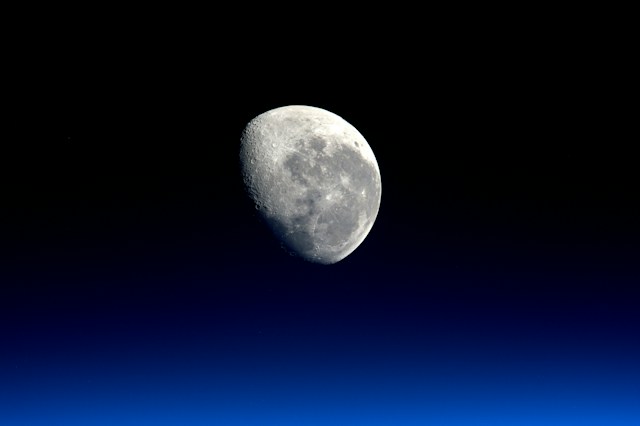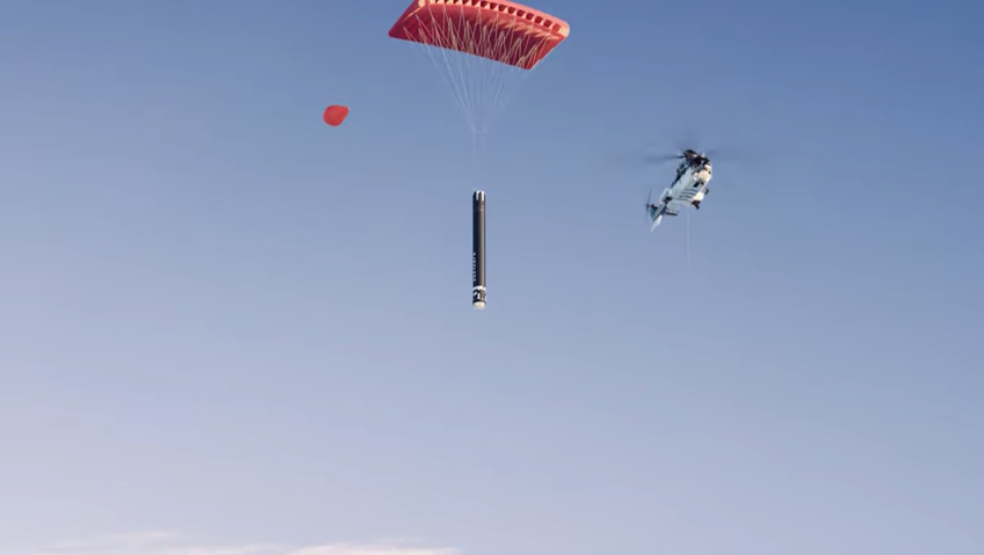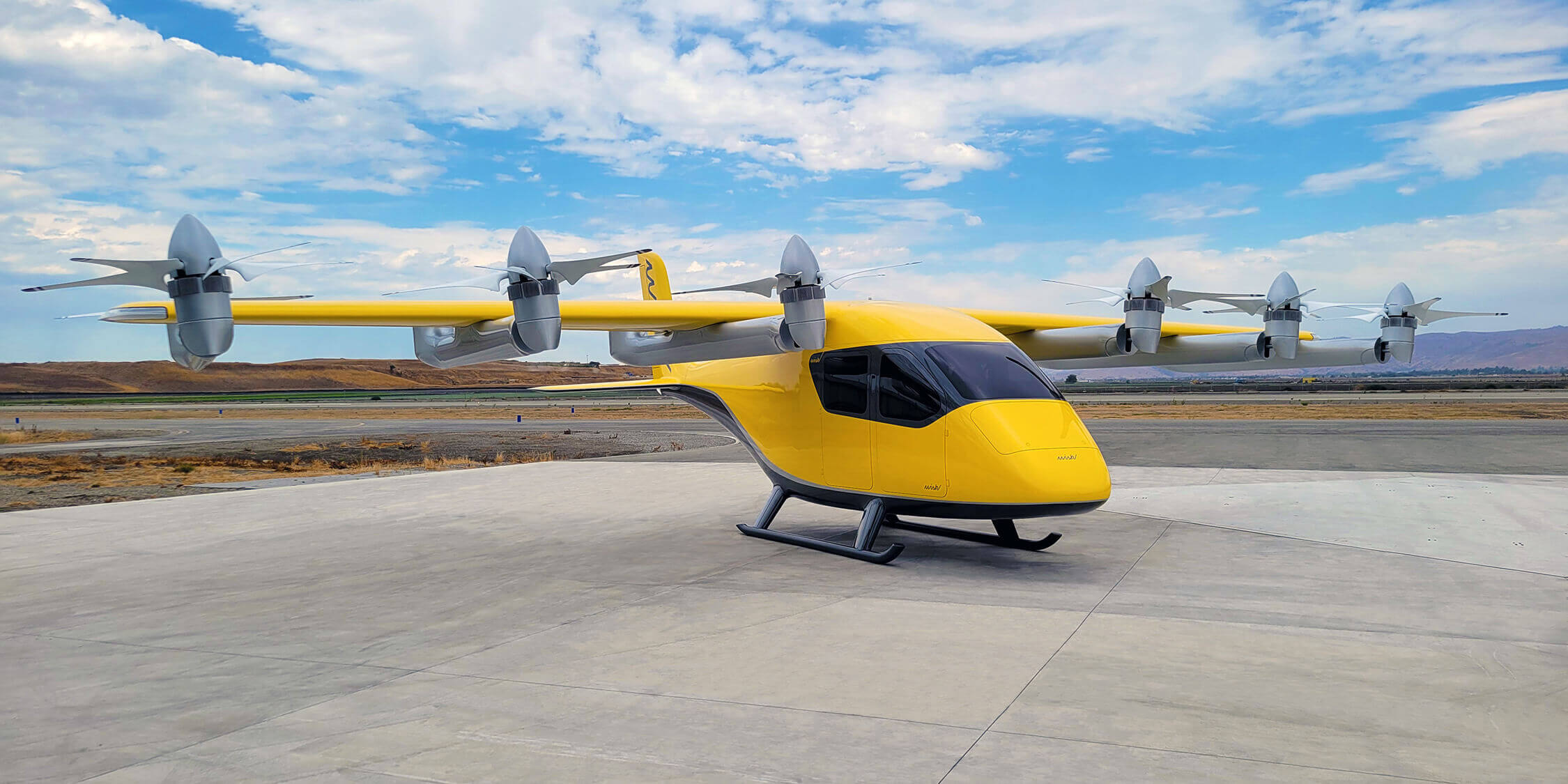On January 12, the Mohammed bin Rashid Space Centre (MBRSC) of the UAE announced that it would hold the responsibility to develop “The Crew and Science Airlock” for Gateway station, NASA’s successor of the International Space Station.
The module’s purpose is to support NASA to fulfill missions during their long-term exploration of the Moon – a part of the Artemis Accords, of which UAE plays an important role as one of the eight original signatories. Apart from UAE, this collaborative effort also receives support from several nations like Canada, Japan, the United Kingdom, Italy, and Australia. These accords were established by NASA in 2020 as part of the Artemis program, which aims to return humans to the Moon and establish a sustainable presence there.
The Crew and Science Airlock will help transfer astronauts and their in-space experiments from the station to outside space and vice versa, as the name suggests. Furthermore, NASA also stated that those transfers would help with broader science in the mysterious space environment, as well as Gateway maintenance.
Meanwhile, Gateway’s wider purpose is to serve as a communication hub for Moon exploration and a potential holding area for various robotic devices such as rovers.
Alongside operating the airlock, MBRSC will also offer lifetime engineering support for the lunar space station, in exchange for an agreement to fly a UAE astronaut to the station on a future Artemis mission.
Currently, there are five participants in the Gateway project: NASA, Euro Space Agency (ESA), Japan Aerospace Exploration Agency (JAXA), Canadian Space Agency (CSA), and finally MBRSC. In a recent statement, NASA Administrator Bill Nelson complemented both the USA and UAE on reaching a new milestone in their collaboration in space exploration that would potentially allow astronauts to conduct groundbreaking experiments in deep space and ultimately send humanity to Mars in the foreseeable future.







